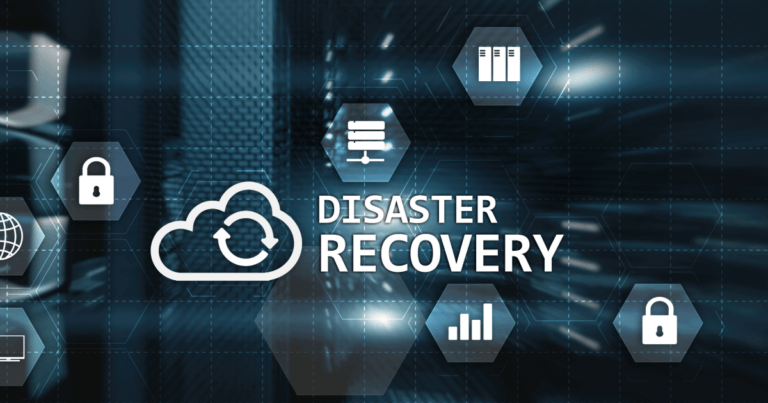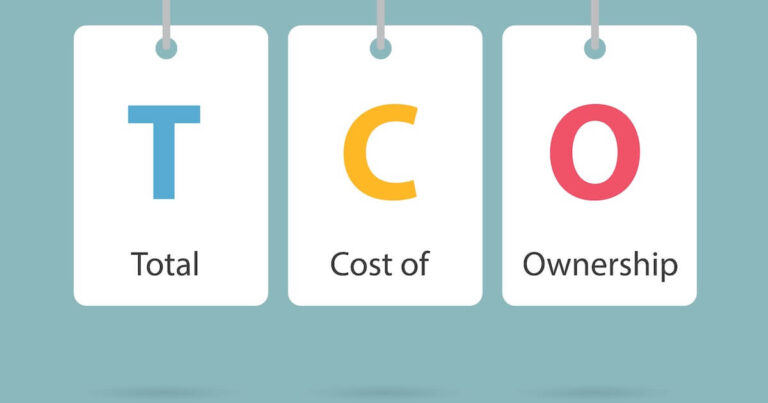Disasters are inevitable. You just don’t know how, when and in what size it will impact you. Cloud disaster recovery could save you from the uncertainties popup in running and operating business at time of disaster.
Be it a common hardware or software failure, human errors or natural phenomena, disaster negatively impacts business continuity, brand reputation and revenue. You may have invested a good sum of money in setting up high-end IT infrastructure and thinking that your applications are secure from disaster, but your physical IT infrastructure also comes with a geographical limitation.
In case of a disaster, all you need is the recovery of your applications and data as soon as possible that traditional disaster recovery methods fail to do. To ensure excellent business resiliency and continuity, it’s imperative you proactively develop and implement IT disaster recovery plans that not only protect operations from downtime but also from data loss.
Disaster Recovery In Cloud Computing
Disaster Recovery is the concept of “Failsafe”. With cloud computing and solutions, it is possible to quickly recover mission-critical systems while optimizing disaster recovery budgets. Thousands of public sector clients rely on the cloud to leverage faster recovery of their business data without unnecessary investment in IT infrastructures such as hardware, power, bandwidth, cooling, space, and administration.
For example, financial institutions and banks actively work on disaster recovery or business continuity plans (BCP). For these institutions, disaster recovery does not just focus on recovering IT operations but also puts security plans on priority to prevent IT interruptions and maintain IT operations that are significant to secure bank’s customer data and mitigate any chance of data loss.
Cloud computing lets you back up, store, and recover IT systems in seconds by supporting popular disaster recovery approaches from simple backups to hot standby solutions that failover at a moment’s notice. With multiple regions and Availability Zones (AZs), you can recover from disasters anywhere, any time.
Developing An Effective Cloud Disaster Recovery Strategy
Disaster recovery strategy focuses on bringing up applications with minimum downtime, data loss, and cost from the recovery site. Here, it is important to understand that low downtime can vary from seconds to hours or days because systems and architectures are designed for companies based on their risk management tolerances. And to determine the impact of IT systems downtime and acceptable downtime on the business, it is important to conduct a business impact analysis.
There are two ways to perform business impact analysis:
RPO: Recovery point objective or RPO tells you how much data loss you can sustain from the last known backup.
RTO: Recovery time objective or RTO) tells how much downtime you can sustain; or how soon you need your systems back up and running to restore key business functions.
Applying RTO and RPO to your business’ disaster recovery plan and using their information will result in the most efficient disaster recovery plan for your business.
Evaluating all applications helps understand that not all apps need or should be treated equally. The business impact analysis helps you plan a road map of where and how to focus efforts in the event of a disaster. An organization can also focus on an optimal plan that helps them balance three factors to achieve optimal cost-benefit points: the total cost of the incidents themselves, the degree or level of assurance desired, and the cost of the countermeasures to mitigate the risk (downtime). Having this information handy enables you to weigh cloud-based solutions as part of a disaster recovery plan in the cloud.
How To Perform Disaster Recovery in The Cloud?
When it comes to disaster recovery in the cloud, there are four options businesses can decide to go with based on how quickly they want a system to be available to users after a DR event. These four scenarios include:
1. Backup and Restore
The first and simple DR option is backup and restore, where backup of the application is maintained on the cloud at the recovery site. Once disaster strikes and the primary site is not able to continue business operations, the application is provisioned and restored on the loud infrastructure using the backup of the application. Although backup and restore is considered a low-cost data recovery option, it has maximum downtime, and data loss as only the periodic backup copy of data is maintained and the resources are provisioned after the disaster.
2. Pilot Light
The second DR option is Pilot Light, in which we replicate part of the IT structure for a limited set of core services. It allows the cloud environment to seamlessly comes in and takes over the charge in the case of a disaster. The strategy is that a small part of your infrastructure will always be running simultaneously, syncing mutable data, while other parts of the infrastructure will be switched off and used only during testing. It is important that your most critical core elements are already configured and running in the cloud. At the time of recovery, it is possible to rapidly provision a full-scale production environment around the critical core with this strategy in place.
3. Warm Standby
The third DR option is warm standby, where a scaled-down version of a fully functional environment is always running in the cloud. Warm standby increases the pilot light elements and preparations that decrease the recovery time. It is due to some services are always running in parallel. Warm standby allows you to identify a business-critical system and then fully duplicate these systems on the cloud allowing businesses access to data and applications round the clock.
4. Multi-site (h3)
A multi-site solution runs on the cloud as well as on your existing on-site infrastructure in an active-active configuration. The data replication method that you implement is considered by the chosen recovery point, either Recovery Time Objective or Recovery Point Objective. Thus, it has a minimum to zero data loss and downtime with maximum cost and operational complexity.
Pros and Cons of On-Premise & Cloud for Disaster Recovery
On-Premises DR Pros
- More control over your server as these are deployed on-site.
- Keeps company data private. No third-party associated.
- Data is accessible without internet access.
On-Premises DR Cons
- Increased capital investment
- Limited scalability with the growth of the organization
- Need for space to build/store hardware.
- Added cost maintenance, management, and IT support.
- No guaranteed uptime
Cloud DR Pros
- No on-site hardware building costs.
- Scalable to the growth of your business.
- Only pay for what you use.
- Easily connect to the cloud irrespective of location and device.
Cloud DR Cons
- An internet connection is needed to access company data.
- Trusting a third party to keep data secure.
- Ongoing cost.
Conclusion
As businesses keep embracing the cloud as a second means for offering IT services, cloud-based disaster recovery strategies are becoming more advanced, and the advantages of cloud solutions are increasing. Flexible payment models, Near-zero downtime, Reduced TCO, and scalability allow you to protect your application and business data in a controlled and predictable way while keeping investment low and improving business resiliency. Cloud is the only thing now available that helps businesses stay protected, whether an IT disaster or any other storm may impact.




